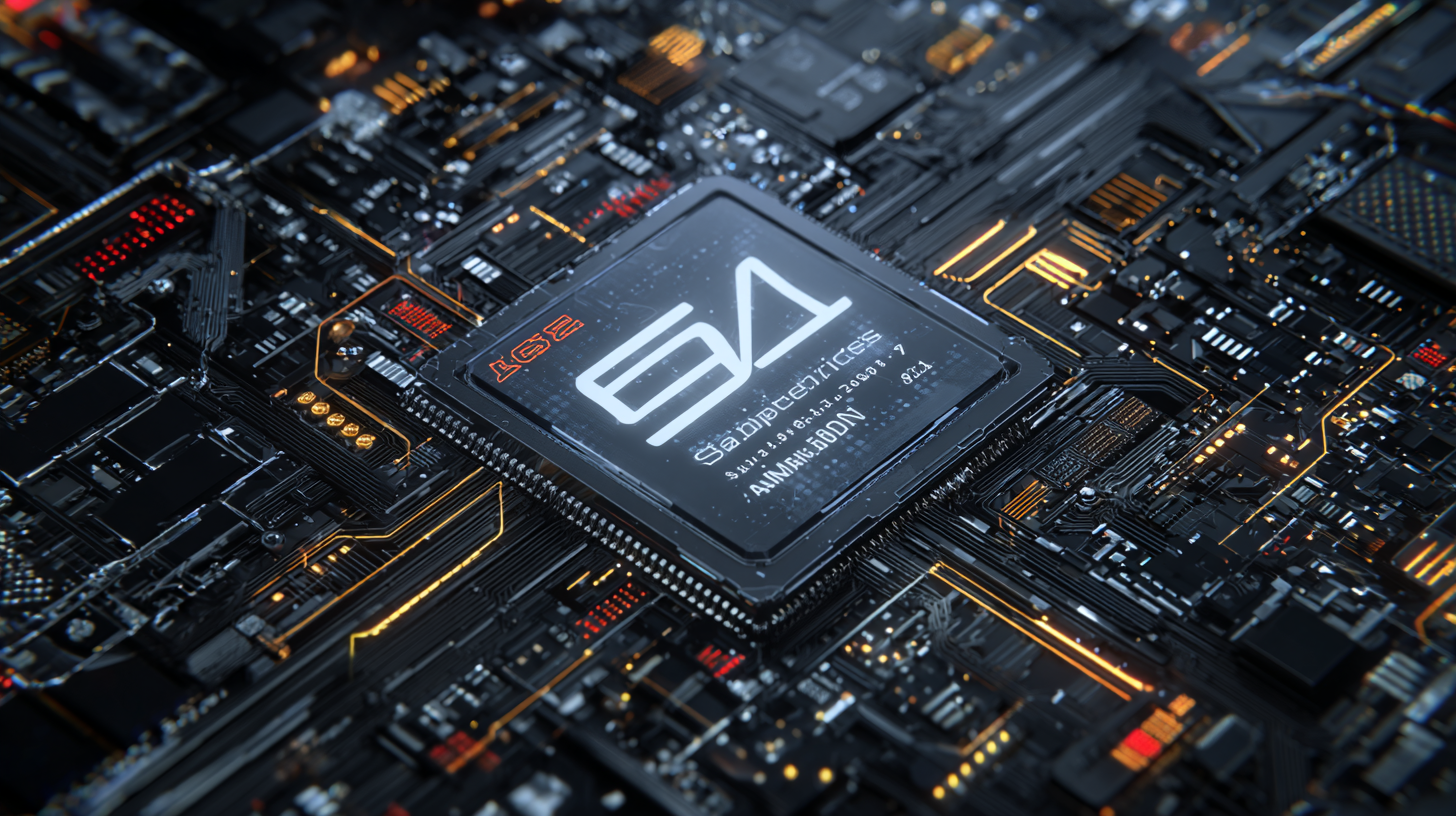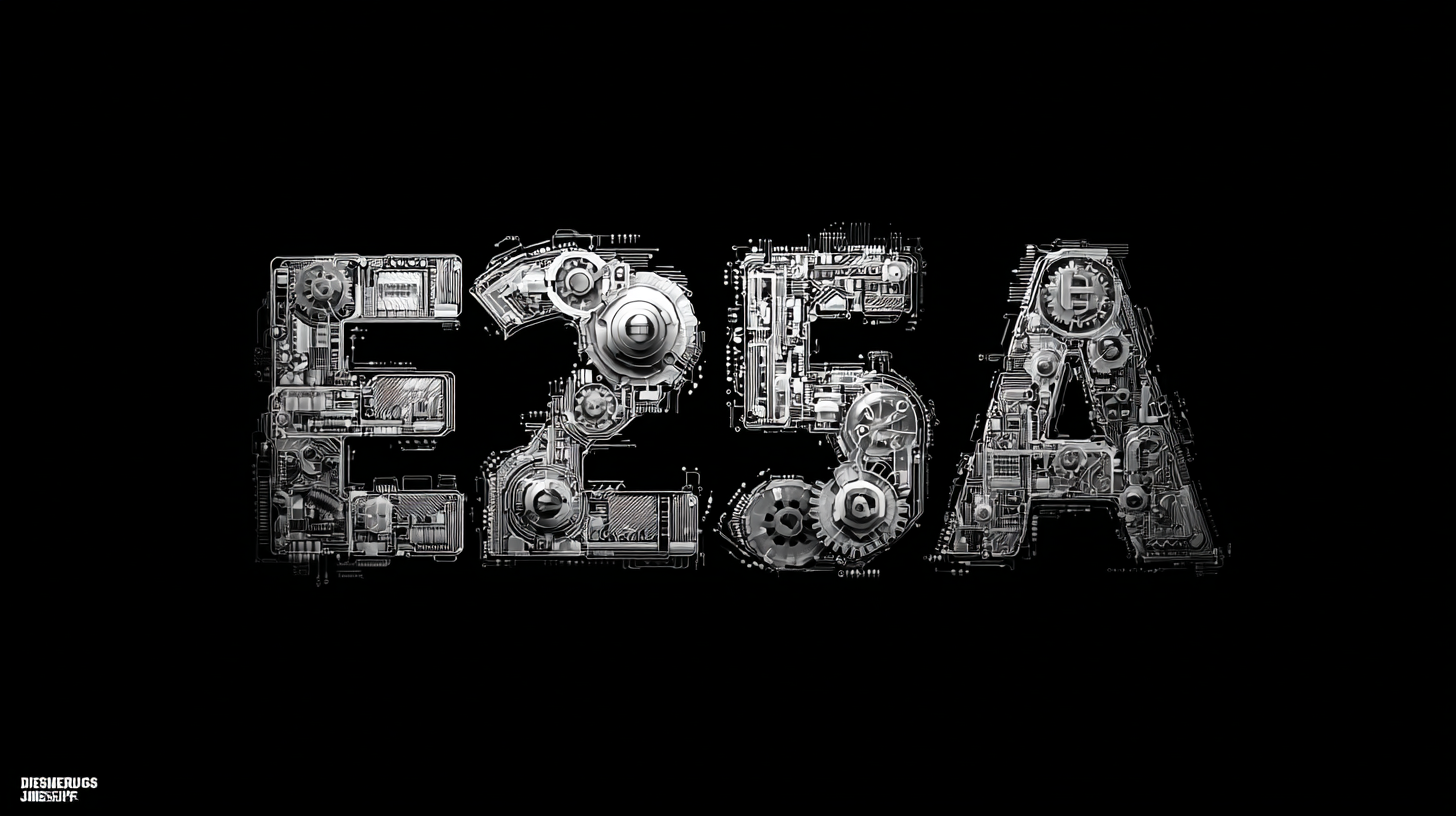
Emerging Technologies of 2025: A Comprehensive Guide to the Best Manufacturers and Their Alternatives
As we look towards the rapidly approaching year of 2025, the landscape of emerging technologies is expected to undergo significant transformations, driven largely by influential manufacturers from around the globe. The global technology market is projected to grow from approximately $5 trillion in 2021 to over $7 trillion by 2025, highlighting a surge in demand and innovation.
 Chinese manufacturers, known for their robust production capabilities and competitive pricing, play a pivotal role in this shift, exporting cutting-edge technologies to diverse markets worldwide. According to a report by Gartner, the adoption of AI and IoT solutions is anticipated to increase by 30% in the next two years, positioning manufacturers at the forefront of this technological wave. This comprehensive guide will explore the best manufacturers shaping the emerging technologies of 2025, along with viable alternatives that promise to enhance innovation and meet the needs of an ever-evolving global market.
Chinese manufacturers, known for their robust production capabilities and competitive pricing, play a pivotal role in this shift, exporting cutting-edge technologies to diverse markets worldwide. According to a report by Gartner, the adoption of AI and IoT solutions is anticipated to increase by 30% in the next two years, positioning manufacturers at the forefront of this technological wave. This comprehensive guide will explore the best manufacturers shaping the emerging technologies of 2025, along with viable alternatives that promise to enhance innovation and meet the needs of an ever-evolving global market.
Emerging Technologies Shaping 2025: A Sector Overview
As we approach 2025, several emerging technologies are set to reshape various sectors, driving innovation and efficiency. Notably, according to a report by the International Data Corporation (IDC), global spending on digital transformation technologies is projected to exceed $6.8 trillion from 2020 to 2023, as organizations strive to integrate advanced technologies like artificial intelligence (AI), the Internet of Things (IoT), and blockchain into their operations. AI, for instance, is expected to contribute $15.7 trillion to the global economy by 2030, as industries leverage machine learning to enhance decision-making processes.

In the healthcare sector, telemedicine and wearable health technologies are gaining traction, with the global telehealth market projected to reach $559.52 billion by 2027, according to a report by Fortune Business Insights. This growth indicates a broader acceptance of remote healthcare solutions, which have become essential during the pandemic. Furthermore, advancements in 5G technology will facilitate faster data transfer, enabling better connectivity for smart devices and IoT applications, thus enhancing efficiency across various fields including manufacturing, logistics, and smart cities.
As these technologies continue to mature, they are not only improving existing systems but also opening new avenues for innovation and development in 2025 and beyond.
Key Players in Emerging Manufacturing: Trends and Market Shares
The manufacturing landscape is rapidly evolving due to emerging technologies that are reshaping how products are designed, produced, and delivered. According to a recent report by McKinsey & Company, the global smart manufacturing market is projected to reach $500 billion by 2025. Key players like Siemens, Honeywell, and GE are at the forefront, utilizing advanced automation, IoT integration, and data analytics to enhance operational efficiency.
As these trends develop, manufacturers are also exploring alternative solutions from innovative startups. Companies like Bright Machines and Xometry are leveraging artificial intelligence and cloud-based technology to streamline manufacturing processes. These alternatives are not only cost-effective but also adaptable to varying production demands. Recent data indicates that small to medium-sized enterprises are increasingly investing in such technologies, capturing a 25% share of the smart manufacturing market by 2025.
Tip: To stay competitive, manufacturers should regularly assess their technology stack and consider investments in emerging solutions that can enhance productivity and reduce costs. Engaging with technology providers can help identify the most suitable options for specific operational needs. Additionally, fostering an agile workforce that embraces these innovations will be crucial in navigating the shifting market dynamics.
Emerging Technologies Trends in Manufacturing - 2025
This chart displays the projected market share percentage of key emerging technologies in manufacturing for 2025. These technologies are critical for shaping the future landscape of manufacturing.
Alternative Manufacturers Disrupting Traditional Technology Markets
The tech landscape in 2025 is witnessing a seismic shift, driven largely by alternative manufacturers who are challenging established players in key sectors. According to a report by MarketsandMarkets, the global market for emerging technologies, which includes artificial intelligence, blockchain, and IoT, is projected to grow from $403 billion in 2021 to over $1.6 trillion by 2025. This remarkable growth presents an opportunity for innovative companies to disrupt traditional markets dominated by tech giants like IBM and Microsoft.
One prominent example of this disruption is the rise of open-source software providers. Companies such as Red Hat and MongoDB are becoming serious contenders in the enterprise software arena, leveraging community-driven development to offer more affordable and adaptable solutions than their proprietary counterparts. Furthermore, the demand for sustainable technologies is prompting new players like Tesla in energy storage and Rivian in electric vehicles to redefine standards and price points, making cutting-edge technology more accessible. As these alternative manufacturers gain traction, they are redefining consumer expectations and driving a wave of innovation that even the most entrenched businesses must reckon with.
Comparative Analysis of Performance Metrics Across Industry Leaders
As we look towards 2025, emerging technologies are set to reshape industries and redefine performance metrics across the market landscape. The comparative analysis of industry leaders reveals a fascinating array of innovations, highlighting how different manufacturers approach similar challenges. For instance, companies specializing in artificial intelligence are utilizing advanced algorithms that not only enhance processing speed but also improve decision-making capabilities. This positions them ahead of competitors who may still rely on traditional programming methods, making it crucial to evaluate how these technologies not only perform but also influence overall operational efficiency.

Meanwhile, in sectors such as renewable energy, performance metrics illustrate the diverse approaches manufacturers take to maximize energy output and sustainability. Companies like Tesla and NextEra Energy have adopted cutting-edge battery technologies, resulting in significant improvements in energy storage and distribution. In contrast, alternatives from smaller manufacturers may offer innovative solutions at a lower cost but could compromise on scalability and scalability. By examining these metrics, businesses and consumers alike can make informed decisions, ensuring they choose the best technologies that not only meet their immediate needs but also align with long-term goals for sustainability and growth.
Future-Proofing Your Tech Choices: Evaluating Alternatives in 2025
As we navigate through the rapidly changing landscape of technology in 2025, future-proofing our tech choices has become more crucial than ever. With the emergence of new technologies, it's essential to evaluate alternatives that best align with our needs. The market is flooded with innovative products, from AI-powered devices to advanced communication tools, each promising to enhance productivity and connectivity. However, not all solutions are created equal. By looking beyond the mainstream options, consumers can discover hidden gems that offer better performance, sustainability, and cost-effectiveness.
Evaluating alternatives means not only considering the brand names we're familiar with but also diving deep into emerging manufacturers that prioritize cutting-edge technology and user-centric designs. For instance, while giants dominate the market, smaller companies often provide unique features that cater to niche needs. By conducting thorough research and comparing specifications, one can identify which products stand out for their reliability and future viability. This approach allows for a more informed decision-making process, ensuring that investments are sound and technology choices remain relevant in the years to come.
